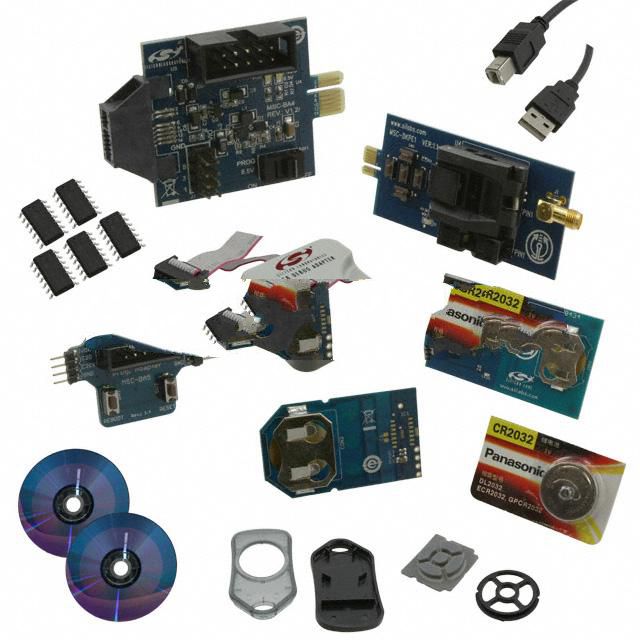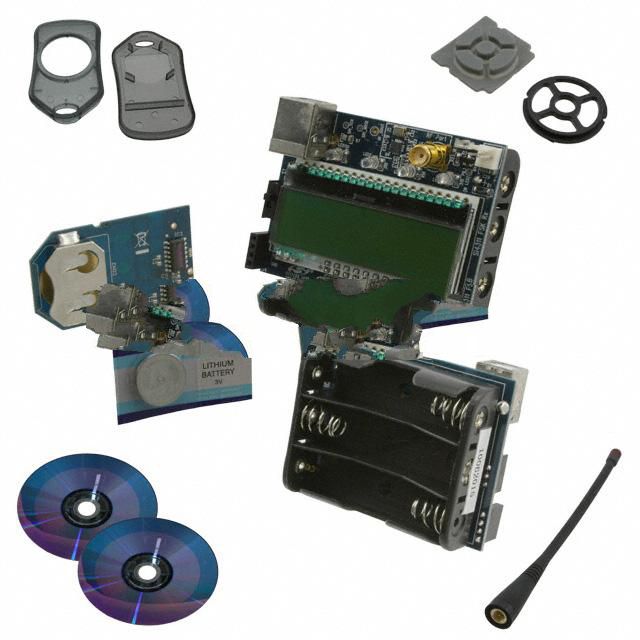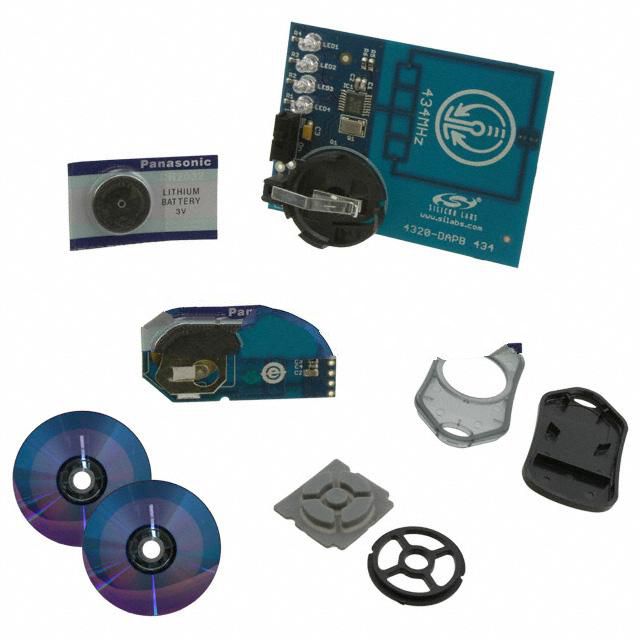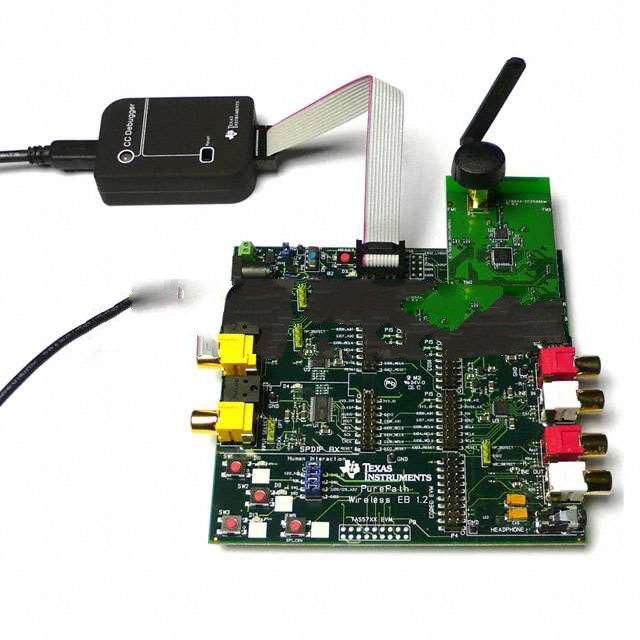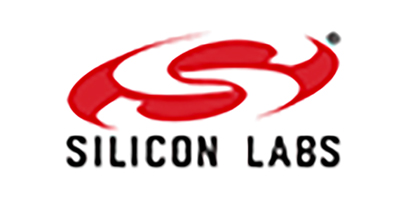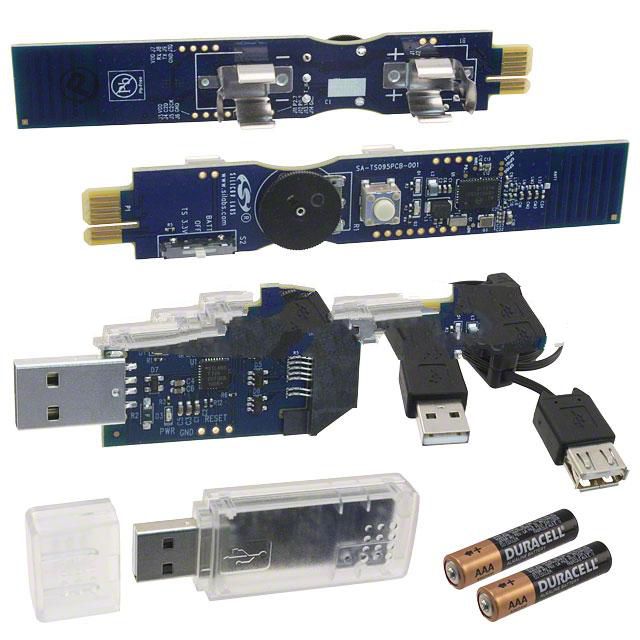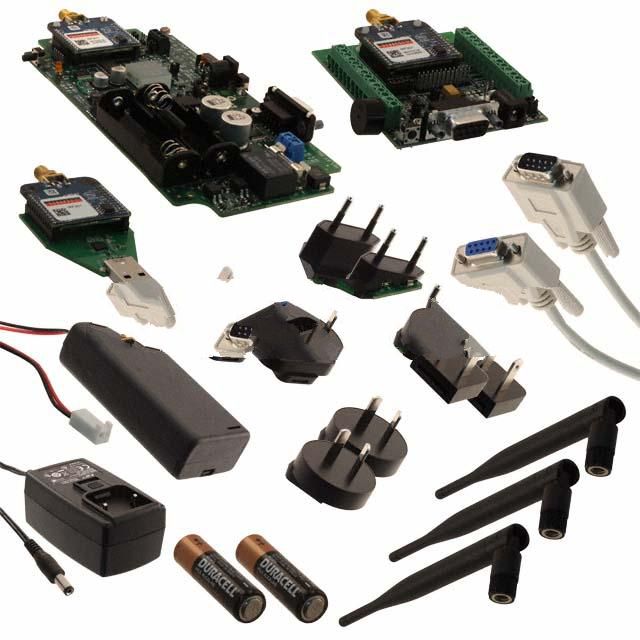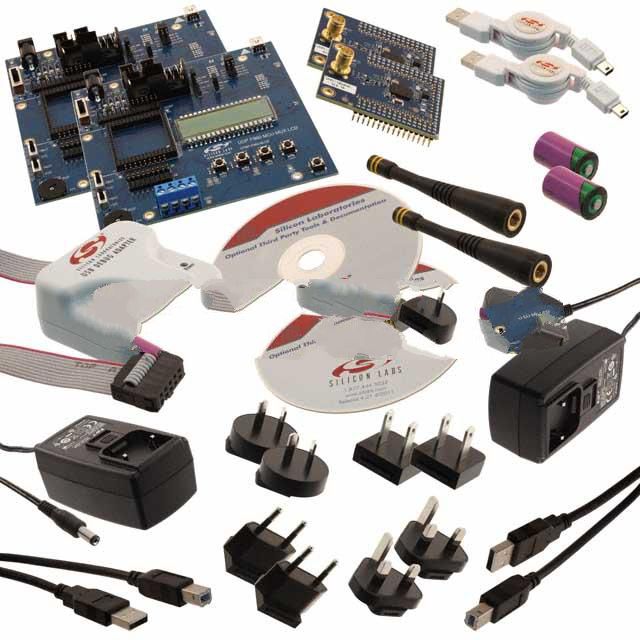4010-DKKF_434 Product Introduction:
Silicon Labs Part Number 4010-DKKF_434(RF Evaluation and Development Kits, Boards), developed and manufactured by Silicon Labs, distributed globally by Jinftry. We distribute various electronic components from world-renowned brands and provide one-stop services, making us a trusted global electronic component distributor.
4010-DKKF_434 is one of the part numbers distributed by Jinftry, and you can learn about its specifications/configurations, package/case, Datasheet, and other information here. Electronic components are affected by supply and demand, and prices fluctuate frequently. If you have a demand, please do not hesitate to send us an RFQ or email us immediately sales@jinftry.com Please inquire about the real-time unit price, Data Code, Lead time, payment terms, and any other information you would like to know. We will do our best to provide you with a quotation and reply as soon as possible.
Introducing the Silicon Labs 4010-DKKF_434, a cutting-edge wireless module designed to revolutionize connectivity in various applications. With its advanced features and versatile application fields, this module is set to redefine wireless communication.
The 4010-DKKF_434 boasts an ultra-low power consumption, making it ideal for battery-powered devices. Its compact size and easy integration enable seamless integration into a wide range of products, from smart home devices to industrial automation systems.
Equipped with Silicon Labs' industry-leading RF technology, this module ensures reliable and robust wireless connectivity. Its high sensitivity and long-range capabilities enable seamless communication even in challenging environments. With support for multiple wireless protocols, including Bluetooth Low Energy and Zigbee, the 4010-DKKF_434 offers flexibility and compatibility for various applications.
This module is designed to excel in diverse application fields. In the smart home sector, it enables seamless connectivity between devices, allowing users to control and monitor their homes remotely. In industrial automation, it facilitates efficient communication between machines, enhancing productivity and reducing downtime. Additionally, it finds applications in healthcare, asset tracking, and energy management, among others.
With its exceptional features and wide-ranging application fields, the Silicon Labs 4010-DKKF_434 is the ultimate wireless module for the future. Experience unparalleled connectivity and unlock the potential of your products with this state-of-the-art solution.
RF Evaluation and Development Kits, Boards are specialized tools designed for the design, testing, and evaluation of radio frequency (RF) integrated circuits. This kit/board integrates a complete RF subsystem, including RF front-end, signal processor, power management unit, necessary interface circuits, as well as necessary testing points and debugging tools. It allows engineers to quickly build and validate the performance of RF circuits in the early stages of development, including key parameters such as gain, noise figure, linearity, frequency response, etc. The RF evaluation and development kit typically adopts a modular design, making it easy for users to configure and expand according to specific needs. It also provides rich development documentation and example code to help users accelerate the development process. In addition, the kit also supports multiple communication protocols and standards, such as GSM, LTE, Wi Fi, Bluetooth, etc., providing comprehensive support for the development of wireless communication devices.
Application
RF Evaluation and Development Kits, Boards are widely used in RF circuit design, testing and evaluation in wireless communication, Internet of Things, automotive electronics, aerospace and other fields. In the field of wireless communication, it has become an indispensable tool in the research and development of communication devices such as mobile phones, base stations, and wireless sensors, helping engineers quickly verify the performance of RF modules and optimize design solutions. In the field of IoT, RF evaluation and development kits and boards support various IoT communication protocols such as Low Power Wide Area Network (LPWAN), Zigbee, LoRa, etc., providing strong support for the research and development of IoT devices. In addition, in the field of automotive electronics, with the rapid development of autonomous driving and vehicle networking technology, RF evaluation and development kits and boards are widely used in the research and development of key components such as automotive radar and in vehicle communication systems. The aerospace industry has stricter requirements for RF technology, and the RF evaluation and development kit and board's high precision, reliability, and scalability make it the preferred tool for RF circuit design and verification in this field.
FAQ about RF Evaluation and Development Kits, Boards
-
1. What is a radio frequency integrated circuit?
An integrated circuit specially designed for radio frequency signal processing
A radio frequency integrated circuit (RFIC) is an integrated circuit specially designed for radio frequency signal processing. Radio frequency signals usually refer to electromagnetic wave signals with frequencies between a few kilohertz and tens of gigahertz, which are crucial in wireless communications, remote control, radar and other radio frequency applications.
Definition and function of radio frequency integrated circuits
A radio frequency integrated circuit (RFIC) is an integrated circuit specially designed for radio frequency signal processing. It can integrate multiple functional modules (such as amplifiers, oscillators, modems, etc.) on a single chip, thereby reducing the complexity and cost of the system. The frequency range of RFIC is usually from 300 MHz to tens of GHz, suitable for various radio frequency applications.
-
2. What are the main application areas of radio frequency integrated circuits?
RFIC has a wide range of applications, mainly including the following aspects:
Wireless communication: used in mobile phones, wireless walkie-talkies, Bluetooth devices and Wi-Fi terminals, etc., responsible for modulating, demodulating and amplifying signals.
GPS: RFIC is often used in GPS receivers to process GPS signals and realize positioning functions.
Radio frequency identification (RFID): used in RFID tags and readers to realize contactless identification and data transmission.
Television and radio: used in television receivers, digital TV tuners and radios to process radio frequency signals.
Radar systems: used for signal processing and target detection in weather radars, military radars and other monitoring systems.
Internet of Things (IoT) devices: act as wireless communication modules in various IoT devices, such as smart home controllers and remote sensors.
Medical devices: some medical devices, such as remote monitoring devices and implantable medical devices, also use RFIC for data transmission.
Automotive electronics: used in vehicle communication systems, such as vehicle wireless communication, vehicle positioning and smart key systems.
-
3. What is a development board?
Embedded system development circuit board
A development board (demoboard) is a circuit board used for embedded system development. It includes a series of hardware components such as a central processing unit, memory, input devices, output devices, data paths/buses, and external resource interfaces. Development boards are generally customized by embedded system developers according to development requirements, or they can be designed by users themselves.
Basic components of development boards
The main components of development boards include:
Central processing unit: responsible for processing and executing instructions.
Memory: used to store programs and data.
Input devices: such as keyboards, touch screens, etc., used to receive user input.
Output devices: such as displays, speakers, etc., used to output information.
Data paths/buses: responsible for data transmission.
External resource interfaces: used to connect external devices.
 Lead free / RoHS Compliant
Lead free / RoHS Compliant



